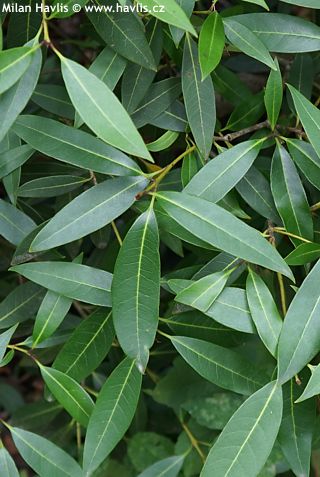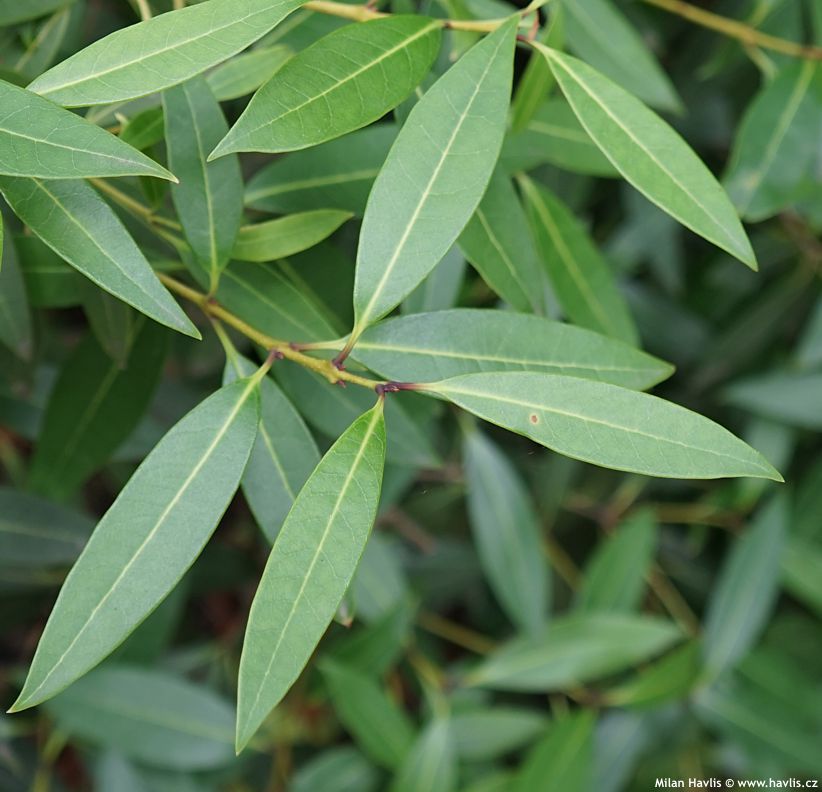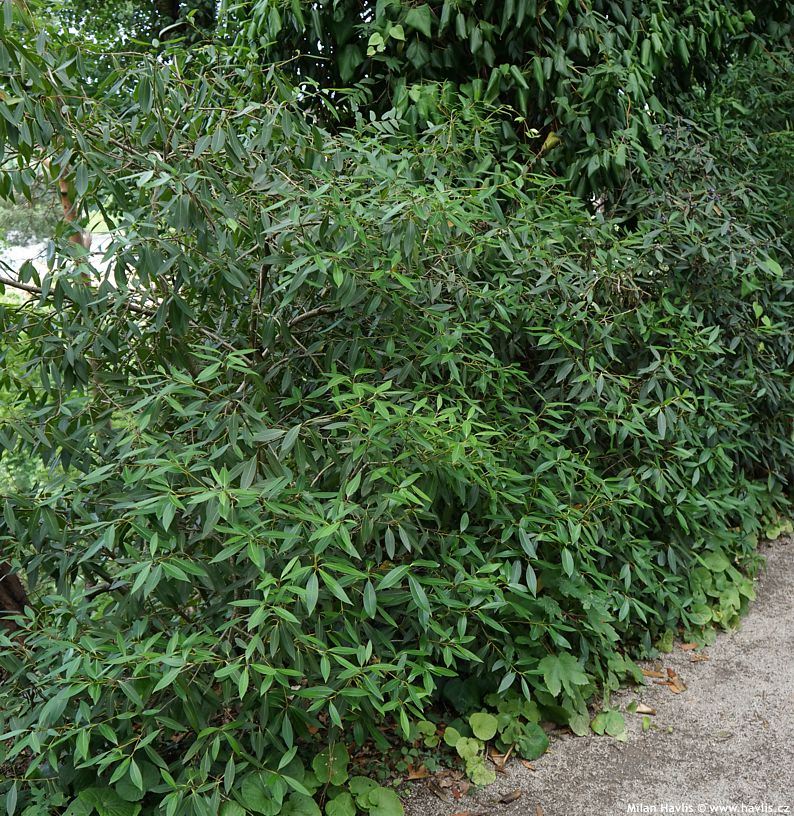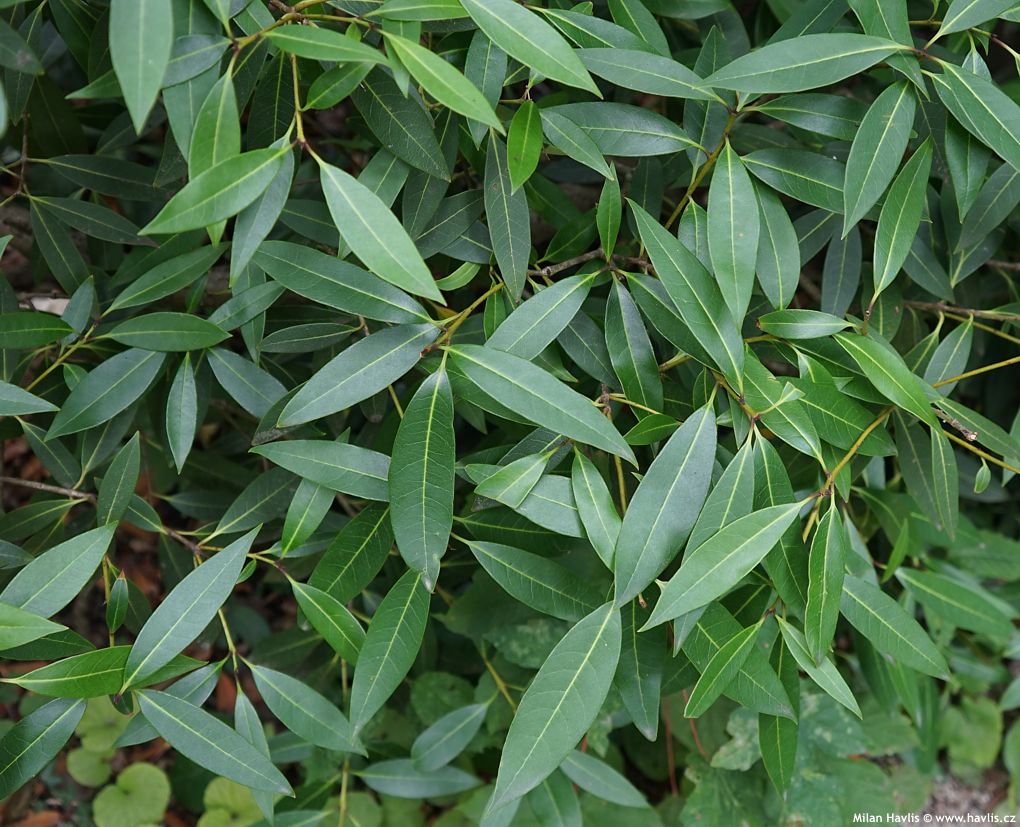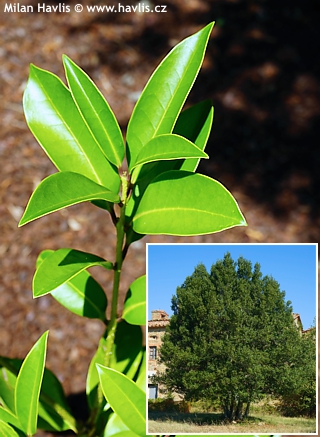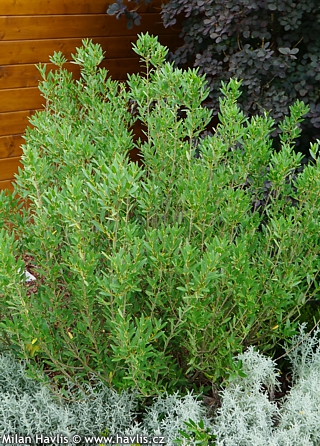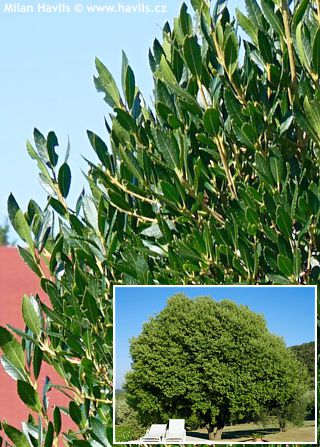Osmanthus decorus Turkey olive, Caucasian osmanthus


Osmanthus
Osmanthus is a genus of only about 15-20 evergreen species and varieties, and a genus which I fell in love with the first time I saw a few plants of. Their leathery and sometimes spiny leaves resemble hollies but osmanthus plants have something extra which gave them their name derived from Greek: osme = fragrance and anthos = flower. Osmanthus has tiny but highly fragrant flowers. I was an amateur when I bought the first plants and I had no idea that in all encyclopedias they were rated too tender for our C.E. climate. And since I never knew I put them to my garden. And after some 15 years of growing I can assure you that all of them not only survived even the worst winter of 2006/2007, they thrive and some of them are taller than me and I am very close to 2m. Including the most tender one o.fragrans. I keep on trialing more species and varieties because I noticed that they have some genetic predisposition for extreme drought tolerance in summer and some are even happy with dry soil in winter. And with current lack of precipitation, we will need more drought-tolerant plants.If you have already come across some osmanthus species and you get to see Osmanthus decorus for the first time in your life, you probably won't associate this species with the others. Rather than that you might think "hmm, what a weird oleander...". The truth is that even earlier botanists had a problem with it and for many years it was classified as phillyrea – Phillyrea decora or even Phillyrea laurifolia (laurel-leaved). It was not until modern science confirmed a greater genetic affinity with osmanthus than with phillyrea. Aren’t we lucky to have modern science that can explain and categorize everything under the sun? Just fancy going to bed without knowing for sure if a plant belongs here or there! Oh no, it can cause so many sleepless nights… And, in case someone reads this in 100 years from now, when science will have brought much progress and findings and everything will be completely different, don't get mad at me, please.
Its evergreen leaves are entire - spine-less, narrowly elliptical which means elongated and pointed at both ends. They are rather large for an osmanthus – they can be up to 13 cm long and 2-3 cm wide. The upper side is slightly glossy, dark green in partial shade and with light olive-green hues in full sun and reveals quite noticeable veining. The underside is light green. Unlike other species, the leather leaves have perfectly smooth margins without prickly spines and are not so stiff. The short petioles are dark red, the young twigs are olive yellow-green, and the older branches and trunk are smooth and gray.
Like other osmanthus, it blooms profusely, but in this case in spring (like phillyrea – hence the historical chaos). The flowers are white, tiny, densely clustered in the axils of the leaves like fluffy pom-poms and sweetly fruity scented. The strength of their fragrance is not as intoxicating as in the case of autumn-flowering osmanthus.
It forms a medium-sized evergreen shrub with upright branches, spreading with age, thickening into an almost impenetrable bush. It can be pruned in any way from spring to early summer. As it has large leaves, using a hedge trimmer, you will cut the leaves in half which will be visible and ugly, so do this only in spring because it will soon be covered by new growths. Otherwise, it is better to prune it using hand shears and cutting only the branches.
It might sound like degradation, but in its native habitat it is most often used as a durable and evergreen filler shrub. However, plant lovers and collectors of evergreen specialties will definitely make this osmanthus a specimen shrub or combine it with other evergreen shrubs of a different texture for the best contrast. It also looks good integrated into green screens and hedges, where I personally enjoy mixing it with other hardy evergreen shrubs such as Phillyrea, Quercus ilex, Arbutus, Ilex crenata, Choisya, Elaeagnus x ebbngei, Prunus lusitanica and Photinia.
Grow osmanthus in moist but well-drained, humus rich, preferably acidic soil. Provide plenty of mulch for winter to protect the roots from quick freezing. It loves full sun but in colder regions find it a location sheltered from late winter and early spring sunlight but with plenty of light during the growing season. Use only plants with mature wood in zone 7 and transplant it no later than late summer in order to avoid frost damage after the first winter. So far we have tested its hardiness down to -20°C without significant damage (USDA zone 6b) and further trials continue. Unlike autumn-flowering species Turkey olive requires more winter moisture so water it once a month during dry winters unless the ground is frozen. Young plants with immature wood must overwinter indoors until they have hardened up. Sweet olive does not suffer from diseases, but vine weevil can be a problem.
Last update 10-11-2024
Goods are shipped all over Europe. For Russia and U.K. and for further details please read about SHIPPING OPTIONS HERE.
Are you interested in a serious discount for orders NOV-FEB? Check your options here.
THE PRICES INCLUDE VAT of 15%. For quick conversion you can use 1 CZK = approx. 0.04 EUR
- STANDARD QUALITY - Plants of this group are 1st class quality with number of branches and overall density adequate to their size and age, considering they were container grown.
- DE LUXE QUALITY - This label guarantees a luxurious quality of manually selected plants that, compared to their height and age, are exceptionally dense and beautiful.
- EXTRA - These plants are usually mature and bigger specimens with exceptional overall appearance.
- STANDARD (as described in the plant form) means a tree with a trunk of 190-210 cm and a crown at the top, unless specified differently. The commercial size for trees is their girth measured in the height of 1m from ground.
- HOBBY - These plants are of the same quality as our standard-quality plants but younger and therefore cheaper.
- SHRUB - a woody plant with branches growing bushy from the ground level.
- HALF-STANDARD or MINI-STANDARD - a small tree with shorter trunk, its size is usually specified.
- FEATHERED - These are trees with branches growing already from the base of the trunk and up along the stem.
- GRASSES and PERENNIALS - Sizes given usually read the diameter of the pot or the clump, as specified.












